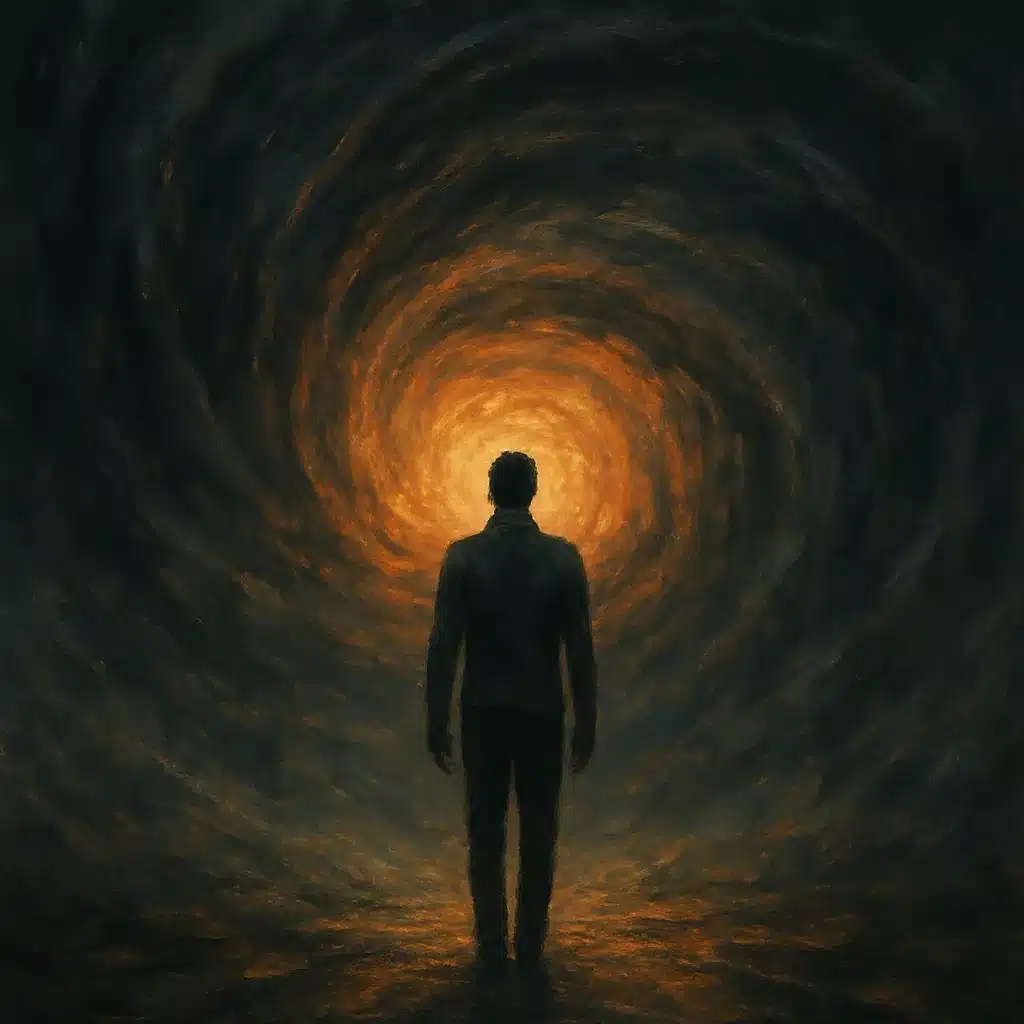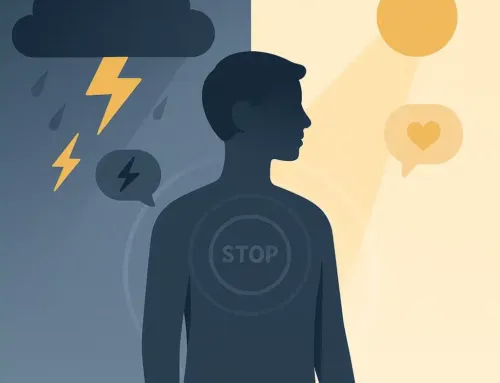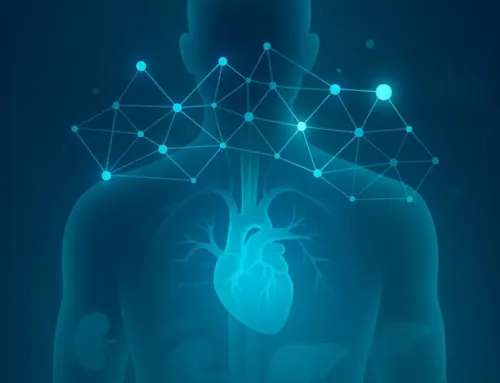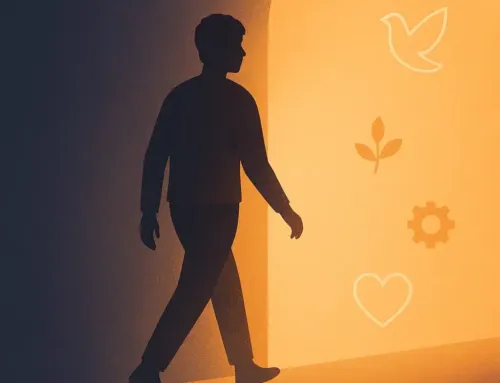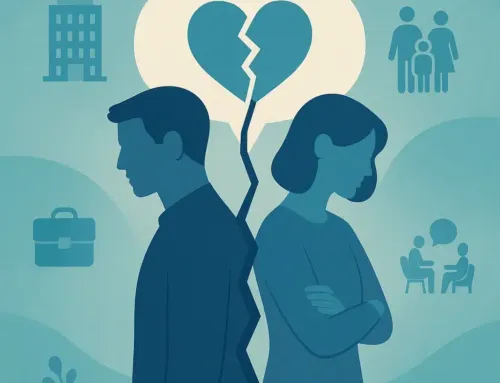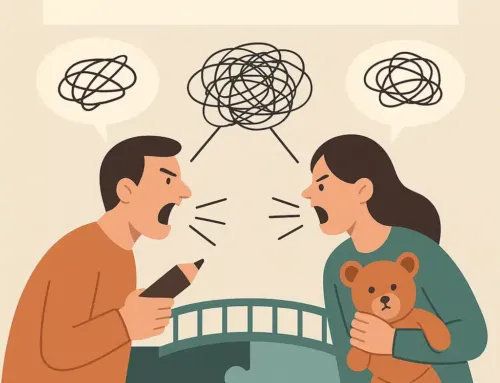
Approx. read time: 6.2 min.
Post: We Are the Eye of Our Own Storms
We Are the Eye of Our Own Storms. There’s a storm outside. It’s wild. Chaotic. You feel like you’re being pulled in a dozen directions. Stress, drama, doubt, noise — it’s all swirling around you. But in the middle of it, there’s a strange stillness. A quiet place. You.
It’s easy to think the storm is happening to us. Life throws punches. People let us down. Circumstances go sideways. And sure, those things are real. But zoom out — or better yet, zoom in — and you’ll often find a hard truth:
We are the eye of our own storms.
It sounds poetic, but it’s not just metaphor. It’s about self-responsibility, self-sabotage, emotional management, and control — the ways we either create chaos or allow it to grow. It’s not blame. It’s recognition. Because if we are the eye of the storm, we can also be the hand that calms it.
Let’s break this down.
1. The Calm Is Not Always Peace-We are the eye of our own storms
The eye of a hurricane is calm. Dead calm. But it’s surrounded by destruction. That’s the paradox. And it reflects how people often live.
You might seem composed on the surface — functional, even cheerful — while your life is in total disarray. You keep moving. You post the selfies. You make the meetings. But your finances are wrecked. Your relationships are toxic. Your habits are out of control. The stillness isn’t serenity. It’s detachment. Denial. Or numbness.
Being in the eye doesn’t mean you’re unaffected. It means you’ve stopped reacting — maybe because reacting would mean owning the storm.
We confuse stillness with safety. But stillness without awareness is just the calm before another round of destruction.
2. Most Chaos Isn’t Random — It’s Patterned
Storms in our lives often follow a pattern. The same fights. The same mistakes. The same burnout cycle. The same people. Different faces, same dynamic. You’re not unlucky. You’re predictable. And predictability is a form of control — even when it looks like chaos.
Maybe you don’t want peace. Not really. Maybe peace feels foreign. Boring. Unsafe. Maybe you keep inviting conflict because it gives you something to push against — something to define yourself by. Or maybe you’re so used to dysfunction that silence feels threatening.
This is how we become the eye of the storm. Not by intention, but by inertia.
When everything around you is spinning, ask yourself who lit the match. Who opened the window. Who kept standing there.
3. Responsibility Isn’t Blame — It’s Leverage
Here’s where it gets uncomfortable. Taking responsibility isn’t about beating yourself up. It’s about realizing you have leverage. Power. Influence. If you caused the storm — or even just allowed it to grow — then you can change it.
And no, you don’t control everything. People are messy. Life throws curveballs. But the reaction, the choice, the boundary, the habit — that’s on you.
It’s not empowering to pretend we’re powerless. It’s just comforting.
We say, “I had no choice.”
But we did.
We say, “They made me feel this way.”
But they didn’t.
We say, “It just happened.”
But it didn’t just happen.
Owning your role doesn’t make you weak. It makes you dangerous — in the best way. Because once you see your patterns, you can break them.
You can’t escape a storm you won’t admit you’re standing in.
4. Silence Isn’t Neutral — It’s Complicity
Sometimes the storm is made by others — their drama, their mess, their baggage. And you think, I’m not the problem. But then you stay. You enable. You absorb. You normalize the dysfunction. You don’t speak up. You don’t leave. You let it keep happening because it’s easier than confronting it.
That’s not innocence. That’s complicity.
You don’t have to be the source of the storm to be the eye of it. Sometimes, being in the eye means being the anchor — the one who keeps things from changing. You might think you’re helping by keeping the peace. But peace at the cost of truth is just a prettier war.
You can’t fix other people’s storms. But you can stop building your house in their path.
5. Every Escape Is a Choice — And a Risk
The hardest part about recognizing you’re the eye of your own storm is realizing what it will cost to leave it.
You might have to:
- Cut ties with people you love.
- Break habits that soothe you.
- Admit things you’ve hidden.
- Be uncomfortable for a while.
- Let go of a version of yourself.
That’s real. That’s heavy. And it’s why people stay in the storm. Because the pain they know feels safer than the unknown. Because starting over means facing silence. Guilt. Doubt. Shame.
But growth is never found in the center of chaos. It’s on the other side.
You can’t wait for the storm to end on its own. It feeds on your participation. You have to move. Step out. Build a new pattern. Choose better, even when it hurts.
The storm isn’t there to destroy you. It’s there to expose what needs to change.
6. Stillness Is a Skill — Not a Default
If you want real peace — not fake calm, not performative detachment — then you have to practice stillness. That means:
- Sitting with your discomfort.
- Listening to your thoughts without judgment.
- Asking better questions.
- Not reacting just to avoid silence.
Stillness isn’t passive. It’s active. You choose it. You train for it. And it becomes your center, not your escape.
When you become the calm on purpose, the storm stops owning you. You stop chasing distractions. You stop needing drama. You stop outsourcing your identity to pain.
You’re not here to survive storms forever. You’re here to learn how to stop making them.
Final Thoughts-We are the eye of our own storms
It’s a hard truth, but a liberating one:
You are the eye of your own storm.
Not because you deserve chaos, but because you’ve accepted it.
Not because you like pain, but because you fear change.
Not because you’re weak, but because you haven’t seen your own power clearly — yet.
You have more control than you think. You always did. And the moment you stop pretending the storm is separate from you, you can start rebuilding from something real — not reaction, not fear, but choice.
So here’s the challenge:
Step out of the eye. Let the winds hit you. Let the truth hit you. Then walk through it. One decision at a time. Not fast. Not loud. Just honest.
You don’t owe your old patterns loyalty.
You don’t owe the storm your identity.
You owe yourself peace.
And that starts now.
Related Videos:
Related Posts:
AI in Diabetes Treatment and Prevention
10 Revolutionary Breakthroughs Powering a Transformation in Cancer Care
Rising from the Ashes: Why I Chose to Rebuild Myself Through Advocacy
Fasting and Aging: How to Use Fasting to Boost Longevity
Resistant Starch: The Carb That Acts Like a Superpower for Your Gut and Metabolism


